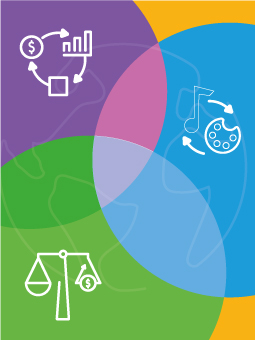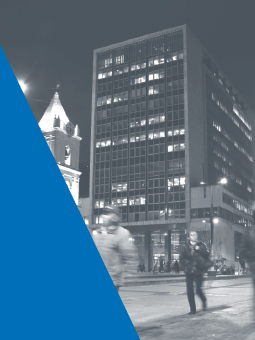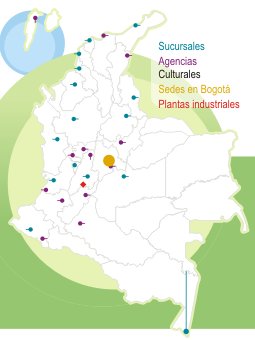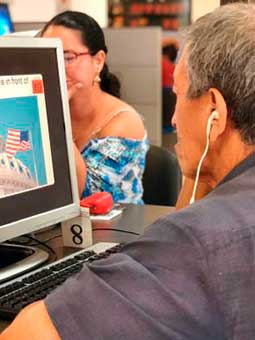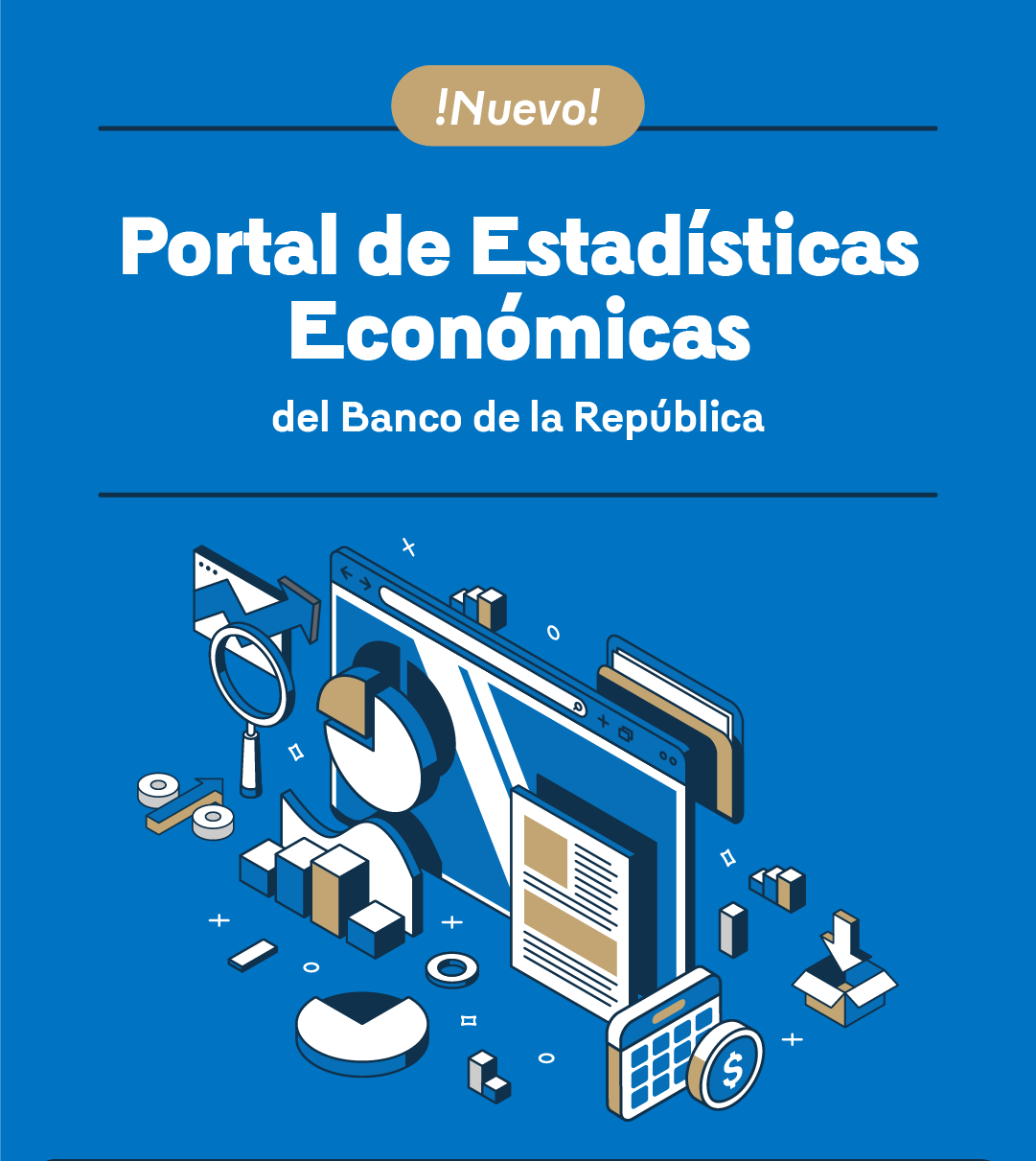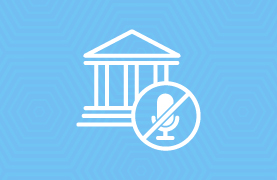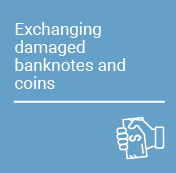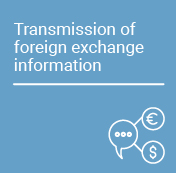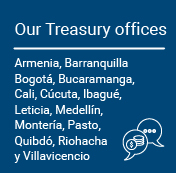Lender of Last Resort (LOLR)
The Political Constitution of Colombia of 1991 (Constitución Política de Colombia de 1991 in Spanish) assigns Banco de la República (the Central Bank of Colombia) the role of lender of last resort, subject to the following restrictions (Articles 371 and 373):
- Banco de la República may only act as lender of last resort for credit institutions.
- Banco de la República may not grant credit lines or guarantees to credit institutions, except in the case of emergency liquidity assistance (ELA). This means that ELA funding must not be used to meet the ordinary financing needs of credit institutions.

Unlike monetary policy operations and the instruments used to maintain the proper functioning of the payment system, which seek a common solution to a sectoral problem, ELA is a mechanism through which liquidity is provided individually to the requesting credit institution. This is contingent upon meeting capital adequacy requirements, among other conditions, with the aim of providing temporary support while the institution addresses or anticipates a liquidity shortfall.
In this way, ELA serves as a tool to preserve financial stability by mitigating the risk that liquidity problems specific to a credit institution may lead to widespread losses of public confidence or may have a contagion effect on the rest of the financial system.
The Board of Directors of Banrep (through the Financial Stability Department) designs and establishes the guidelines regarding eligible collateral and the general and specific requirements that institutions must meet to access ELA. These guidelines consider risk variables and the legal aspects of the ELA mechanism.






